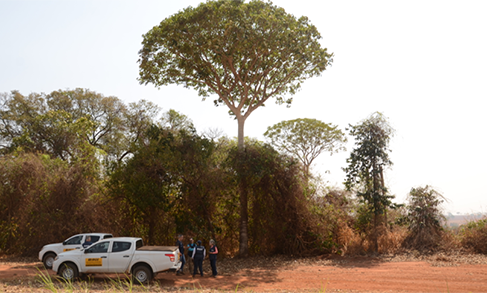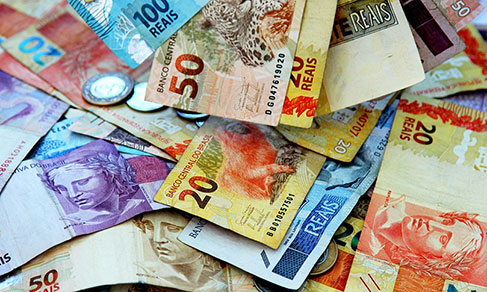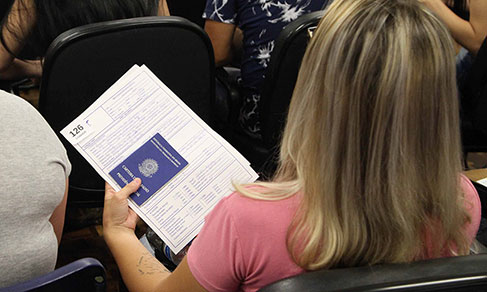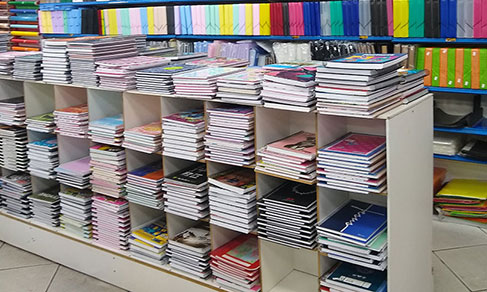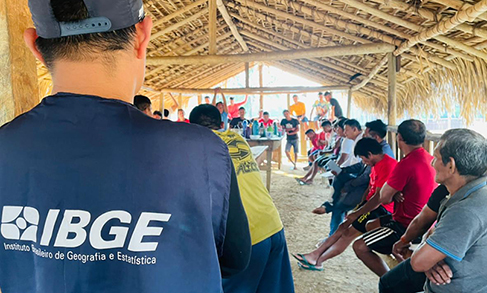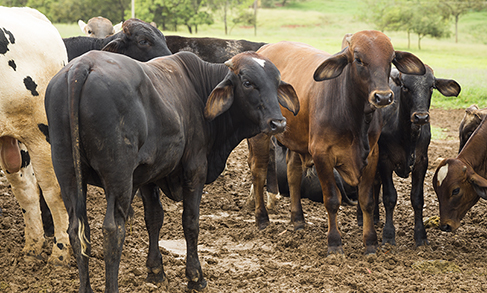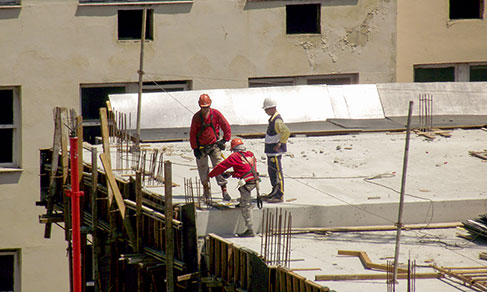World Cup
Largest country in territory, Russia hosts World soccer; see numbers
June 13, 2018 02h00 PM | Last Updated: June 19, 2018 03h44 PM
The World Cup in Russia begins tomorrow with a match between the home team and Saudi Arabia in Moscow at 12 noon (Brasília), but the IBGE News Agency has already gathered some statistics related to some of the countries present in the most important soccer competition, as well as the numbers about the practice of the sport in Brazil. The data can be found on the Countries@ website, while the other information is from the National Household Sample Survey - Sports, 2015, both by the IBGE.
The host nation, Russia is the largest country in the world in territorial extension, with 17,098,240 km ². In spite of that, the games will be held in 11 host cities, less than the 12 cities that hosted the matches in the Brazilian World Cup in 2014. The Russian population, however, was "only" 143.4 million in 2015, compared with the little more than 207 million Brazilians in 2017, according to the IBGE Continuous PNAD.

The other national team in the opening game, Saudi Arabia, is much more modest in terms of territorial extension, with 2,149,690 km². The Saudi GDP is strong and oil-driven, reaching $ 653.2 billion, still far below, however, Russia's GDP of $ 1.3 trillion and Brazil's, of $ 1.7 trillion. The Saudi Arabian population is also smaller: 31.5 million people.
The current world champion, Germany have on their side a crowd of 80.6 million, almost twice as the population of Brazil's biggest soccer contender, Argentina, with 43.4 million. All these data, as well as the statistical records of the other participants of the World Cup are in Countries@, alongside the numbers of other nations.
Soccer practice in Brazil
In addition to population and GDP, the IBGE has also surveyed sports practice in Brazil. In 2015, the National Household Sample Survey (PNAD) showed that just over 15 million Brazilians had soccer as their main sport, with the highest proportion in the 15-17 age group (64.5% in this age group) and the lowest among those aged 60 years or older (4.9%) and 40-59 (24.1%).
"I had gone to a soccer school until last year, every Tuesday and Thursday. But today, I play at least every weekend. It's my favorite sport. I'm definetly watching the World Cup," says the 15-year-old student from Rio de Janeiro, Mario César.
The modality is also stronger among those who have lower income. Of the little more than 7 million people with income up to half minimum wages, 4.7 million (61.7%) had soccer as their main sport. Among those earning between 5 minimum wages or more, only 11.9% preferred soccer.
In addition to those who practice the sport, many Brazilians like to watch soccer games on TV. Listen to the IBGE Minute on the World Cup and television in Brazil:


